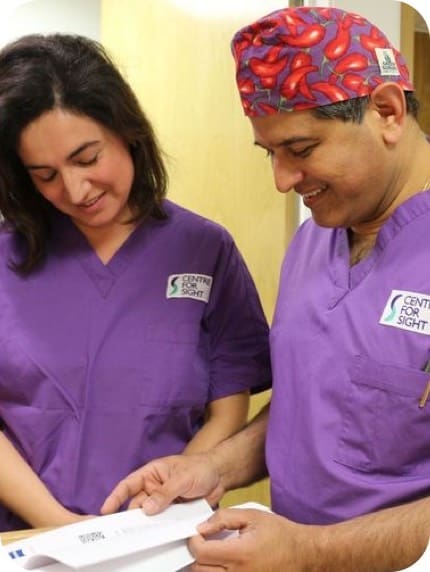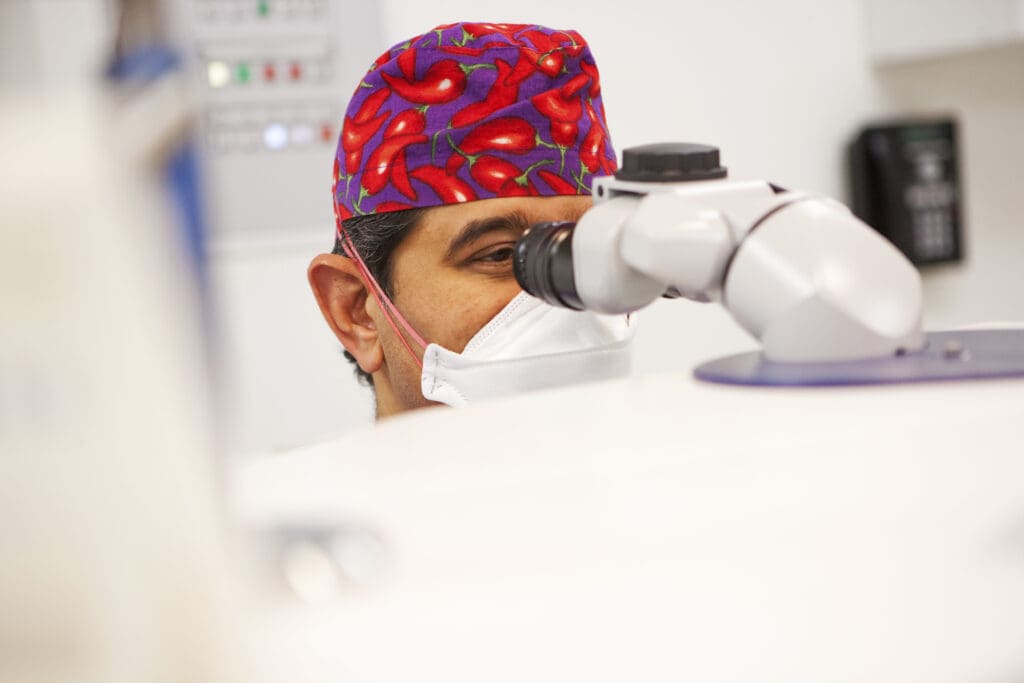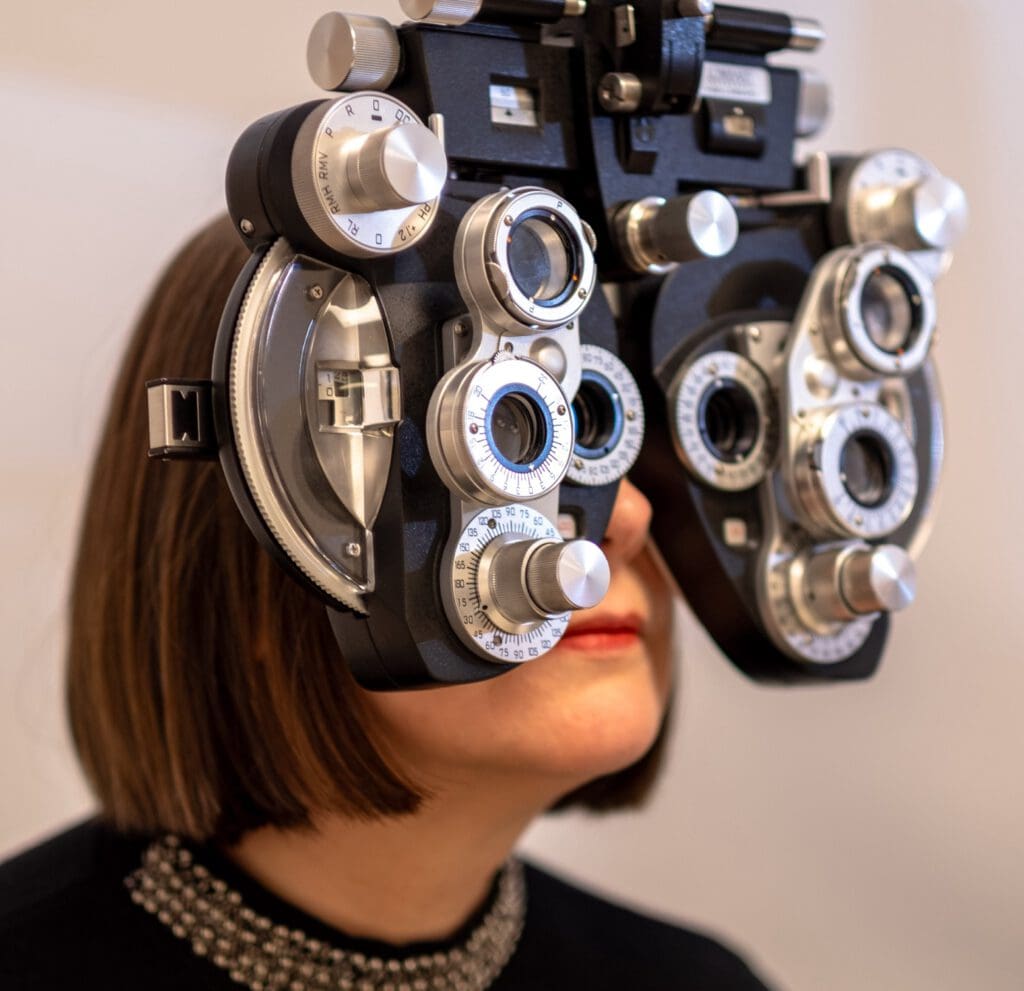Yes this is possible if your surgeon uses a multifocal IOL such as a trifocal IOL rather than a monofocal lens and where there is considerable astigmatism a toric lens. However not all patients are suitable for the option of a multifocal IOL implant. Your cataract surgeon at Centre for Sight will at the time of consultation indicate to you whether this type of lens is suitable in your case.
Those requiring glasses or a contact lens most of their life (i.e. before their 40’s) for shortsight, longsight and/or astigmatismvusually have what is called a Refractive Disorder. This is where the length of the eye in relation to the shape of the cornea causes the point of focus at the back of the eye to fall short of or beyond the retina. Prior to development of cataract, many with a refractive error find laser eye surgery a good option for correction. However with the presence of cataract , careful calculation of the intraocular lens implant and higher performance lenses like toric IOL and multifocal IOL implants, patients are in a position to avoid glasses altogether for all activities. Learn more about Multifocal and trifocal intraocular lenses.
Those who have had previous laser refractive surgery are also able to have a multifocal lens and if you have had this performed be sure to mention this so that your care will be directed to a cataract surgeon with experience in this area.





